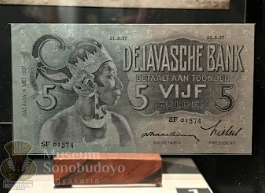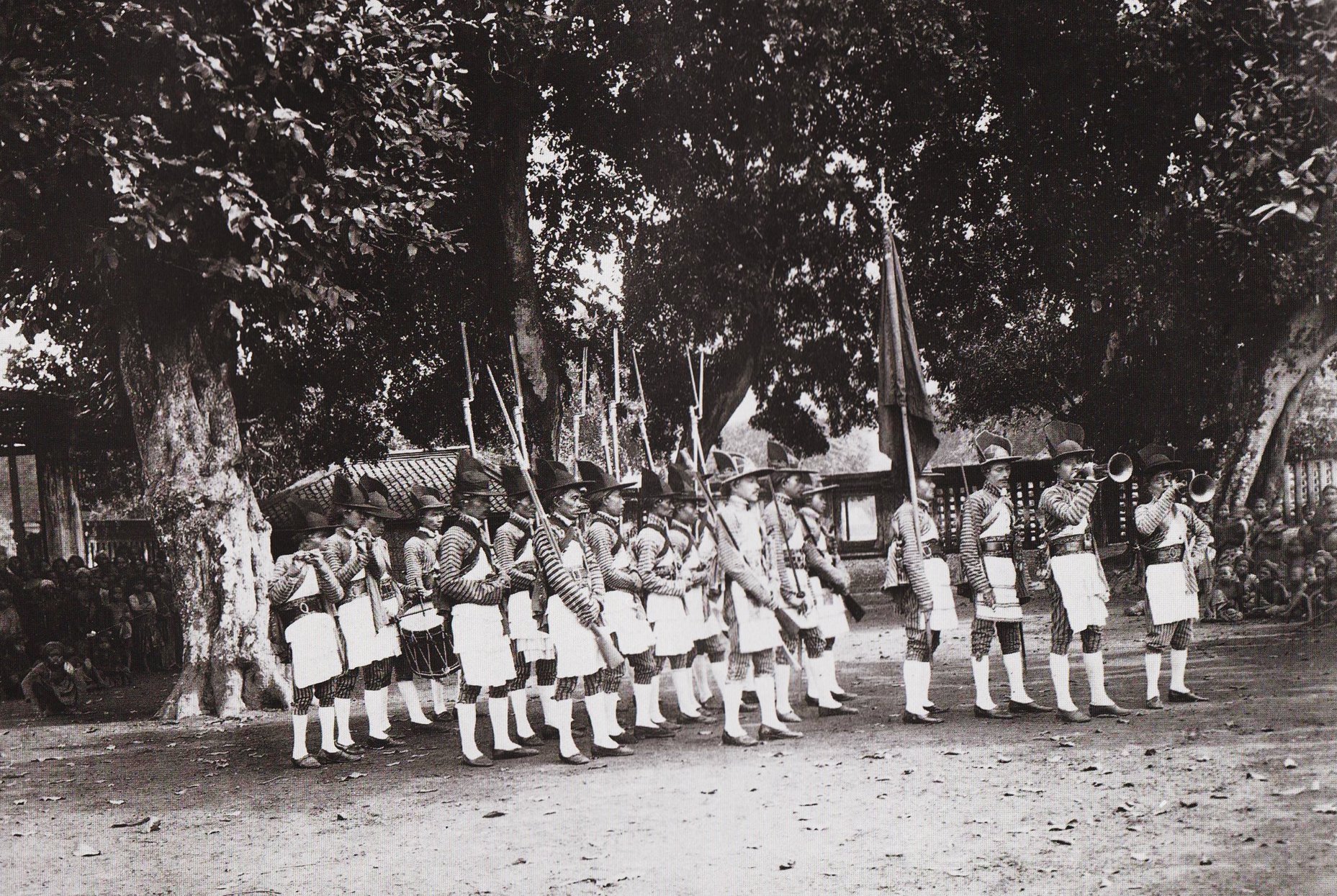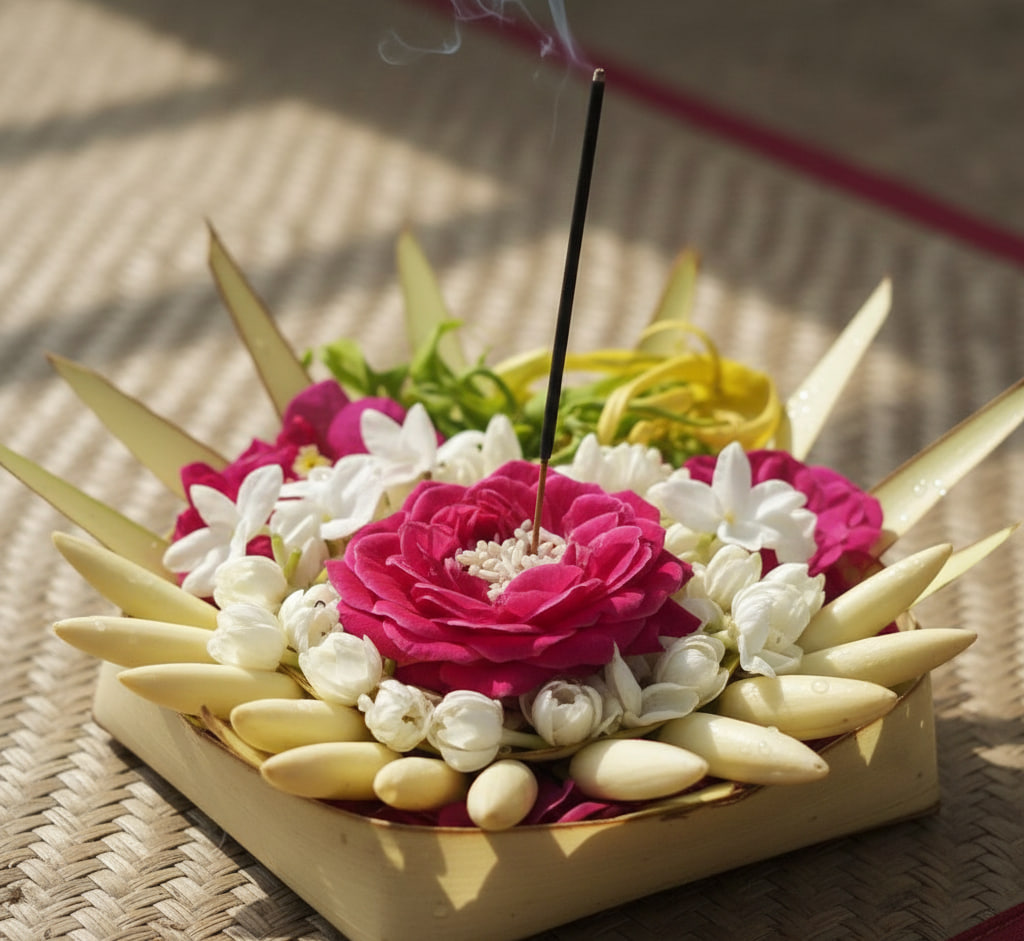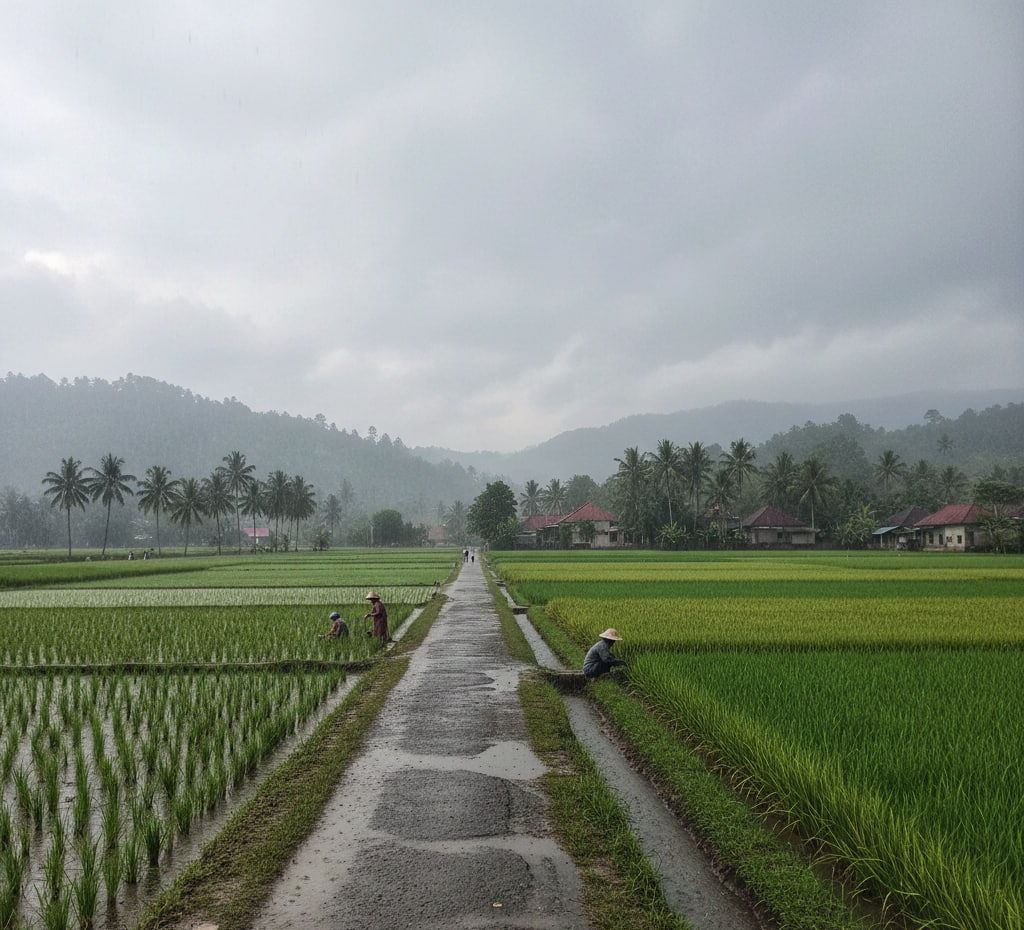News
Introducing the 5 Gulden Banknote.
The 5 Gulden banknote is an interesting example of Indonesia's numismatic history. This collection, which is now housed in the Sonobudoyo Museum, is not just a medium of exchange but also a part of the cultural and political history of colonial Dutch East Indies. Issued by De Javasche Bank, this currency is one of the last series launched before the significant transfer of power from the Dutch East Indies government to Japan.
In 2004, the Sonobudoyo Museum acquired this collection of 5 Gulden banknotes, which is part of the Wayang Series. This series is designed with a wayang theme, a form of traditional Indonesian performing art that has long been an integral part of Javanese culture. The choice of the wayang theme for this currency is a strategic move by the Dutch colonial government to win the hearts of the indigenous people. By incorporating elements of local culture, the government hopes to enhance acceptance and support from the community.
However, behind the beauty of its design and symbolic meaning, there is an intriguing story about the public's reaction to this currency. Reported by Nieuwe Haarlemsche Courant on July 7, 1937, the Sriwedari Puppet Committee was quite surprised by the issuance of the Wayang Series banknotes. This dissatisfaction arises because De Javasche Bank did not seek permission to use the portraits of their wayang orang performers. This indicates a tension between the use of local culture by the colonial government and authorities and the representation of culture by the local community.
The design on this 5 Gulden banknote reflects the rich cultural and artistic heritage of wayang. Wayang is a form of traditional puppet theater that tells stories of mythology and history through intricate and colorful puppet performances. The Dutch East Indies government used this theme to connect currency with the local culture that was highly valued by the Javanese people. In this way, they not only introduced a new currency but also attempted to strengthen the cultural ties with the colonial government.
This paper currency not only has economic value but also deep historical and cultural significance. The Wayang series illustrates the connection between colonial politics and local culture, as well as how cultural symbols can be used for greater purposes within a political context. This also reflects the ways in which the colonial government sought to manage their relationships with the local population, both by providing familiar cultural symbols and by avoiding or provoking controversies, as seen with the Sriwedari Wayang Orang Committee.
In addition to political and cultural aspects, this currency also reflects the development of banknote design and production during that time. In that era, banknote designs often mirrored national values and identity, as well as efforts to build legitimacy and trust in the eyes of the public. In this case, the Wayang Series is an example of how currency design can reflect the government's efforts to unite and influence society through familiar symbols.
This collection of 5 Gulden banknotes is now on display at the Sonobudoyo Museum, serving as an important bridge to understanding the economic and cultural history of Indonesia during the colonial period. Through this collection, we can see how money not only serves as a medium of exchange but also as a means to convey political and cultural messages. This also highlights the importance of understanding historical and cultural context in the analysis of numismatic collections.
The existence of the 5 Gulden banknote and the Wayang series reminds us of the wealth of Indonesia's cultural and historical heritage. Every portrait, every design, and every element on this currency contains a larger story about how society and government interact, as well as how local culture is preserved and influenced by external forces.
Conclusion
The Sonobudoyo Museum, with its valuable collection, plays a key role in ensuring that future generations can understand and appreciate this rich history. Through exhibitions and further studies, paper currency like this 5 Gulden helps us to continue learning from the past and appreciate the complexities of Indonesia's culture and history.
Thus, the 5 Gulden banknote is not just a historical artifact, but also a reflection of the long journey of culture and politics that has shaped Indonesia as we know it today.



